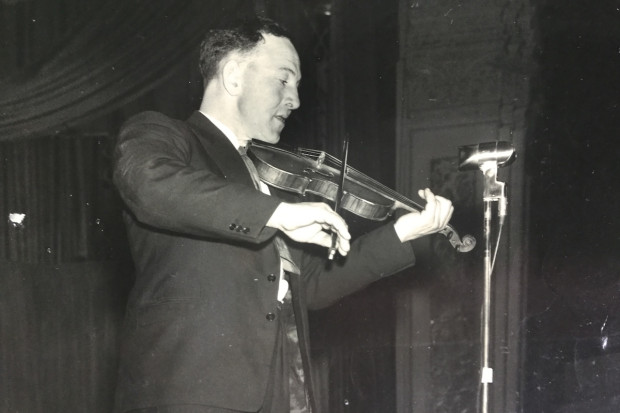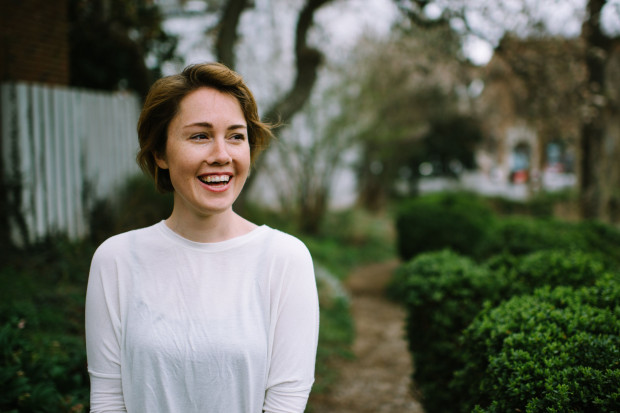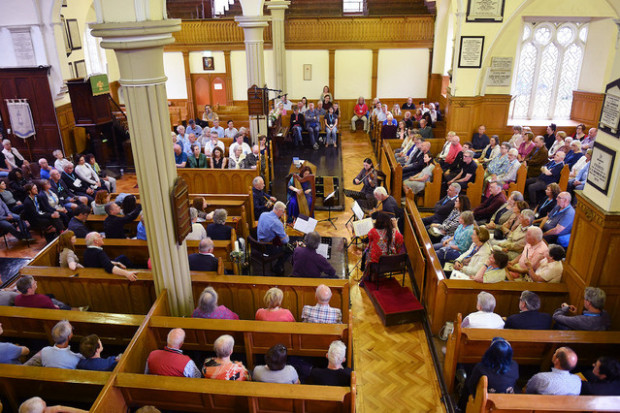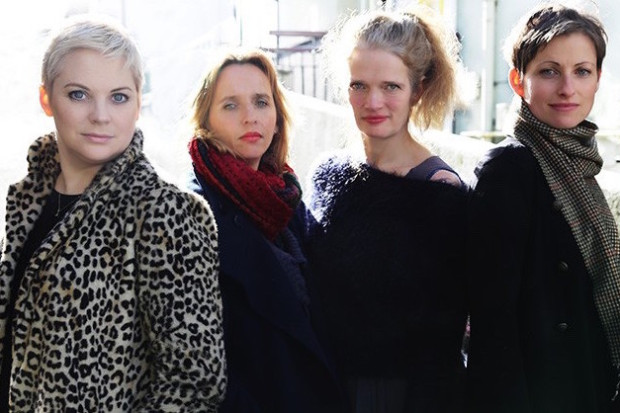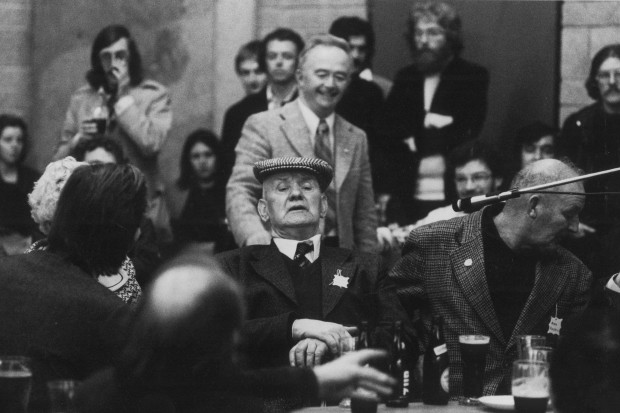
Jordi Savall
Viol, Fiddle, Violin
The words viol, fiddle and violin are all etymologically related; according to some sources, they have a common root in the Latin vitulare, to rejoice, itself related to Vitula, the Roman goddess of victory or exaltation. Fiddle and violin are the same instrument, but the words imply different techniques of playing, different mind-sets, different cultural registers. If classical violinists sometimes refer to each other as ‘fiddle players’, it is in a jocular spirit which recognises the relative status of fiddle and violin. Fiddles are rough, violins smooth. Fiddles are wild, violins cultured. Fiddles are low-status, violins high.
Yehudi Menuhin apparently once spent some time on Tory Island in Donegal at the invitation of the painter Derek Hill, who during his sojourns there encouraged the formation of a school of native or ‘primitive’ painters. And a perhaps apocryphal story about Menuhin’s time there relates how he once played the violin at a local céilí. The morning after, one islander met another one the road and told him of the stranger fiddler. ‘Íudaí McMenamin, I think they called him.’ ‘And what was he like?’ ‘Oh, he could make a shape at the slow airs, but he couldn’t handle the fast jigs and reels at all.’
That story has something to say about our notions of the primitive and the sophisticated, and I am reminded of it any time I see well-known classical musicians taking on traditional music. James Galway, for example, sometimes plays an Irish tune – ‘The Harvest Home’, for example – on the tin whistle as part of his stage act, and the result is a travesty of traditional music. It sounds condescending, stage-Irish, the jolly music of a feckless peasantry; and I have often wondered how it can be that musicians so eminent in their own genre fail so comprehensively to understand the conventions of another.
Like many others, I first heard the viol-playing of Jordi Savall as the sound-track to the film Tous les matins du monde, directed by Alain Corneau. The film deals with the relationship between the seventeenth-century viol players Sainte-Colombe and Marin Marais. One of its key scenes is based on an anecdote – perhaps apocryphal – by the eighteenth-century writer Titon du Tillet. A translation given on the web resource medieval.org goes as follows:
Sainte Colombe was actually Marais’ teacher; but when he realized after six months that his pupil could surpass him, he told him that he had nothing more to show him. Marais loved the viol passionately, and wanted to learn more from his master to perfect his skill on this instrument; and since he had some entry into his house, Marais took the time in summer when Sainte Colombe was in his garden, locked up in a little wooden cabin he had built between the branches of a mulberry tree, so as to play the viol without distraction and more beautifully. Marais slipped under the cabin; he could hear his master, and profit from special passages and bow movements that the masters of the art like to keep to themselves. But this did not last long, as Sainte Colombe noticed and took care not to be heard by his student. Sainte Colombe nevertheless always gave him credit for the amazing progress he made on the viol; and once, as he was attending an occasion where Marais was playing the viol, he was asked by some gentlemen what he thought of his playing, and he answered that there were pupils who could surpass their masters, but young Marais would never find anyone to surpass him.
Readers of this column might see in this passage a variation on my obsessive theme of ‘the small back room’ as an ideal space for the making and learning of music. In the film, Sainte-Colombe is an austere, otherworldly figure at odds with the sophisticated, extravagant modes of the court of Louis XIV, as represented by Marais. In the end, Marais is redeemed from the snares of the world because of his complete immersion in the music. The music is a kind of ‘pure drop’, the tree-house resonating with its ‘native wood-notes wild’.
As for the music in the film, Savall’s playing is exquisite. Its mournful, haunting cadences reminded me of nothing so much as the fiddle-playing of the Clare master fiddle-players, the likes of Bobby Casey, Paddy Canny and Martin Rochford. One instance in particular, a tape-recording of Rochford given to me some years ago by Máirtín O’Connor, had that lonesome note. Seemingly recorded in a back room with a door open to the wind, Rochford is playing the jig ‘The Mist-covered Mountain’ at almost slow-air speed. It is the kind of heart-achingly beautiful music you can imagine being played by Sainte-Colombe in his little tree-house. I thought that if anyone from a classical background had the temperament and technique to play Irish traditional music as it should be played, it would be Jordi Savall. When I heard that he had indeed produced a CD called The Celtic Viol, I looked forward eagerly to listening to it.
Alas, my expectations were confounded. Savall, like Menuhin, plays the slow airs well enough – well, much better, I should think, than Menuhin might play them. But the jigs and the reels are all wrong to the ear of a traditional player. By coincidence, the same album was reviewed in the previous issue of this journal by Michael Quinn, when I had already decided to write about Savall. Quinn remarks on ‘the markedly slow and occasionally ponderous pace of the jigs and reels’. But it is more than a question of speed, as I have noted with Rochford’s playing. Somehow, Savall contrives to put the stress on the wrong notes, or straitjackets them without the subtle leanings into and off the notes which are the mark of a traditional player. He sometimes plays flat notes sharp, and vice versa. The viol still sounds beautiful – ‘lugubriously plangent’, as Quinn has it, and one is almost prepared to forgive the music its faults for the sake of that sound. Savall is obviously a master of the viol and of viol music, and my experience of this CD will not stop my listening to him again. But I am perplexed as to how a musician of his quality, whose playing I thought had strong affinities with traditional practice, should get it so wrong, all the more so when in the sleeve-notes he states his admiration of it and wants to do it homage. Perhaps we are all prisoners of our own world-views.
I am reminded of a passage in Father Richard Henebry’s A Handbook of Irish Music, published in 1928:
If a very good Irish musician played such a tune from music, his instinct would lead him very far aright, though he might substitute one or more tonalities for others, and mistake the precise degree of accent where there is irregularity of rhythm. Should he hear it played traditionally or jigged afterwards he would note the differences at once and supply his own defects from the living version. If a modern musician played the same tune from the same score the result would be altogether different. For besides mistaking accent, phrasing and time, and missing the colour of the tune, he plays the rigid and consequently ever wrong intervals of modern music, ever striving against human art expression, and ever covering up the grand scale.
The next instalment of this column will be called ‘The Musical Priest’.
Published on 1 December 2009
Ciaran Carson (1948–2019) was a poet, prose writer, translator and flute-player. He was the author of Last Night’s Fun – A Book about Irish Traditional Music, The Pocket Guide to Traditional Irish Music, The Star Factory, and the poetry collections The Irish for No, Belfast Confetti and First Language: Poems. He was Professor of Poetry at Queen’s University Belfast. Between 2008 and 2010 Ciaran wrote a series of linked columns for the Journal of Music, beginning with 'The Bag of Spuds' and ending with 'The Raw Bar'.












